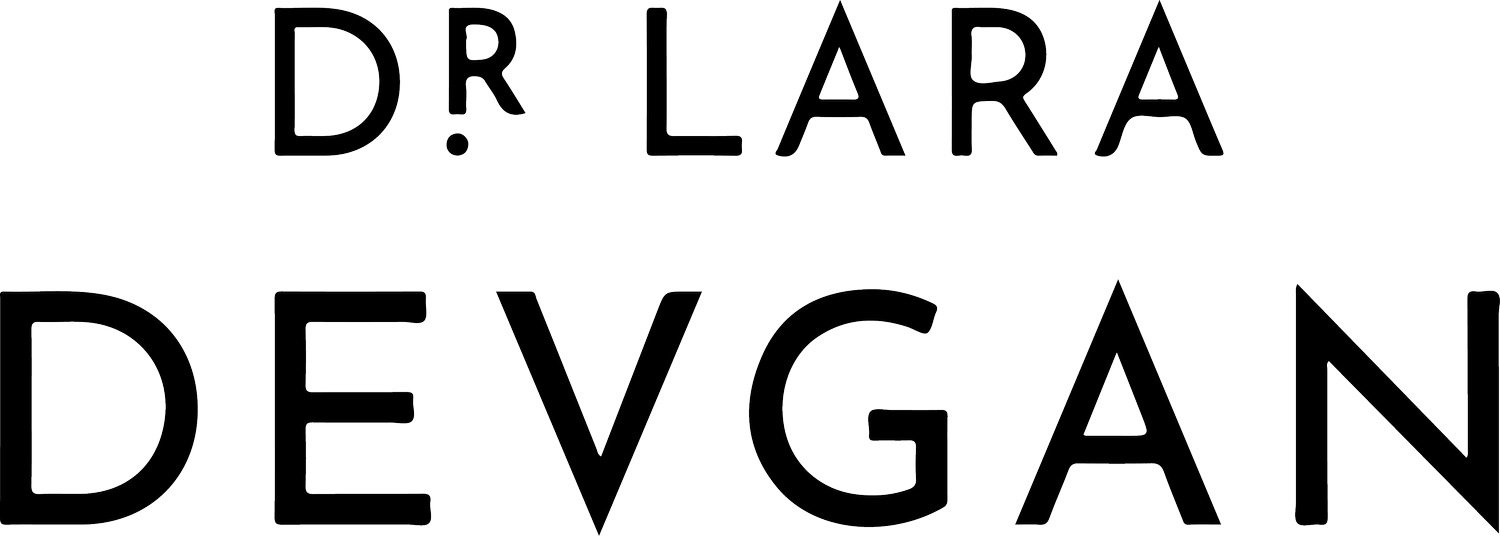by Dr. Lara Devgan
Featured on Mind Body Green, a boutique online health and wellness magazine that has been featured in The New York Times and Vogue.
Image credit Shutterstock
Breasts are part of girlhood and womanhood. They give us happiness, anxiety, pleasure, and discomfort. They make us feel sexy or athletic or insecure. Or maybe we don't think about them at all.
Regardless of your relationship with your breasts, one thing is certain: they cannot be ignored.
More than 1 in 8 American women will get breast cancer over the course of their lives. Statistically, this means that someone in your group of friends from high school or college is likely to battle breast cancer, so it's useful to educate yourself on the facts and myths surrounding this challenging disease.
THE MYTHS
Breast cancer is just an "old woman's" disease.
In my practice, I've treated women as young as their 20s who had breast lumps and masses.
It's just a Caucasian disease.
In fact, many minority women are under-diagnosed and under-treated for breast cancer. It is not just a familial disease; even if your mom and sisters are healthy, you may still develop breast cancer.
It's just a woman's disease.
Even men can develop breast cancer.
THE FACTS
Here is what breast cancer IS: it's a treatable, survivable condition for many people. Breast cancer treatments have improved dramatically, and breast reconstruction looks more beautiful and natural than ever. Breast conditions are real medical problems, and they're covered by health insurance. Breast cancer is a hurdle that can be climbed, but if it is ignored, it can kill you.
THE TIPS
What can you do to "be your breast self?"
1. Perform monthly breast self-exams.
According to Johns Hopkins Medical Centers, 40% of diagnosed breast cancers are first picked up by women who feel a lump, so doing regular breast self exams is extremely important. To do a breast self-exam, take off your shirt and bra, and use the pads of your fingers to feel every portion of your breast, first in a standing position, then in a lying down position.
Use a circular motion to press on your entire breast, including your collarbone, armpit, nipples, and the breast itself. Move from the top down, and from the outside to the inside, pressing with soft, medium, and firm pressure. Squeeze the nipple. If you notice any type of lump, swelling, dimpling, skin changes, nipple discharge, or new pain that doesn't go away, see a doctor who specializes in breasts.
2. Get screening mammograms.
In 2009, the U.S. Preventative Services Task Force recommended that all women get screening mammograms starting at age 50 and every 2 years thereafter. Some doctors want their patients tested earlier, at age 40. If you have a mother or sister with breast cancer, doctors generally recommend you get screened 10 years before that person developed breast cancer. The guidelines for mammograms can be confusing, so my best advice is to discuss this with your doctor.
3. Consider giving back to charities that support women's health.
Even if it's just a few dollars a year or a few hours spent volunteering, giving back to breast cancer charities supports breast cancer research and education.
4. See a breast specialist.
When in doubt, see a doctor or surgeon who specializes in the breasts. No question or concern is too trivial. Your health is too important to ignore subtle signals your body may be sending you. As breast cancer advocates often say, you only have two breasts and one life.
5. Share the wealth.
Don't be embarrassed to talk openly about breast cancer and breast health. Encourage the women in your life to educate themselves about screening, warning signs, and treatment. If you share this with eight women, chances are that you may help one of them battle breast cancer.


















